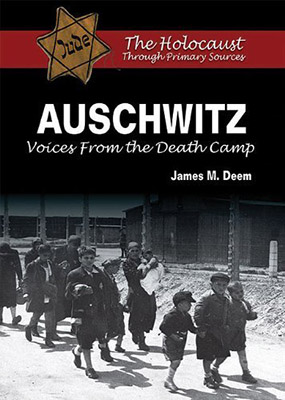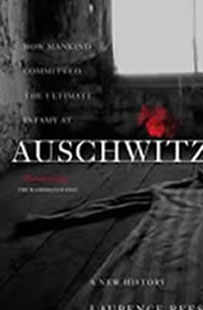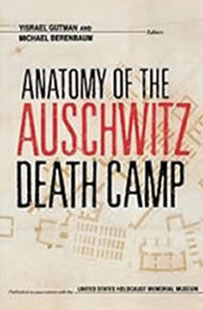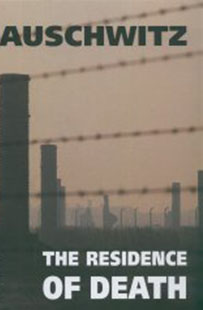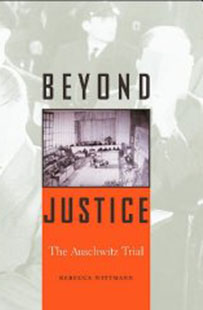Paperback edition, 2012. |
~~ Excerpt ~~ Teacher's Guide ~~ ~~ Suggestions for Visiting Auschwitz ~~ ~~ Related Books by James M Deem: The Prisoners of Breendonk ~~ Kristallnacht ~~ |
An Overview
I have visited Auschwitz (the concentration camp) and Oświęcim (the city) seven times. Like many people, I had apprehensions before my first trip there. Based on my experiences, I offer these suggestions for anyone who wants to see Auschwitz-Birkenau:
Getting there. I have arrived in Oświęcim two different ways: (1) I have flown to Krakow, rented a car, and driven to the camp (you can also take a day bus tour from Krakow), and (2) I have flown to Berlin and then driven to Auschwitz, which is about a six hour trip. It is obviously less taxing to drive from Krakow than Berlin, but it is easy to combine a visit to both cities. If you choose to drive from Berlin to Oświęcim, the highways are excellent (except for the first forty miles of highway into Poland). Part of the road is a tollroad that accepts both Euros and Polish złoty.
Read about the camp before you visit. Two excellent general books are Auschwitz: A New History (a more general book by one author) and Anatomy of the Auschwitz Death Camp (an in-depth look at the camp by scholars and researchers); you can't go wrong with either one.
Many people who visit Auschwitz are unaware that it was really three camps: Auschwitz I (the original camp that was created from an old Polish military barracks and the administrative center), Auschwitz II-Birkenau (the extermination center which eventually had six gas chambers), and Monowitz (the slave labor camp and its various subcamps).
Although there are book for sale at the shop in Auschwitz I, the more you know ahead of time, the more meaningful the experience will be.
If nothing else, make sure you purchase a laminated map of the camp. It will come in handy, especially when you visit Auschwitz II-Birkenau. Signs and display labels are written in English, but such labels do not provide as much information as you might want. Audio guides are also available at the main desk.
Spend two days at the site. Although you can see both Auschwitz I and Auschwitz II-Birkenau in one day if you rush, you will learn and see more if you can stay at least two days.
On the first day, tour Auschwitz I, which is the main museum site.
On the second day, tour Auschwitz II-Birkenau.
Here are my suggestions:
Visiting Auschwitz I
Whether you spend the better part of a day there or only a few hours, I cannot stress how important it is to book a ticket (admission is free and can be arranged at auschwitz.org) before you arrive. Hours for the site vary, depending on the month, and (unless you plan to go late in the afternoon) all visitors are required to take a guided tour. During the better part of the day, you may not visit the site without a guide, and you may not wander off from your guided tour. The only way to see the site without a tour guide is to book an individual ticket that is available for entry after 4 p.m. This is true of both Auschwitz I and Auschwitz-Birkenau.
If you want to avoid the crowds, you will want to avoid weekends and holidays, where there will be more visitors. When I have visited in October and March, I have been able to wander without the crowds that you will find there in summer. My own preference has been to guide myself through the memorial. I wanted time to linger and think and even speed up if I needed.
You should also be aware that very strict security measures are in operation now at Auschwitz I. Airport metal detectors are now installed. No backpacks or large purses can be taken inside the memorial.

Street of barracks at Auschwitz I
The best route for touring Auschwitz I is to pass through the entrance gate and head for Block 4. This barrack and the next three (buildings 5-7) are currently the main museum buildings in Auschwitz I. These are the most difficult buildings to visit because they house the evidence of the mass murder that took place in Auschwitz I and Auschwitz II-Birkenau. They also provide a glimpse into everyday life at Auschwitz I. Note that these blocks are currently being remodeled, and all of the exhibits are not accessible. Because many of the items that were displayed (such as leather suitcases) need to be preserved, some rooms may be closed until preservation is complete and the new exhibit is ready.
After Block 7, go to the courtyard between Blocks 10 and 11. This houses the Black Wall, where early executions were carried out by gun; it is a special memorial today, and you will see many flowers there honoring the dead. Then go into Block 11 which was a kind of prison within the camp, where prisoners were held (sometimes starved) as they awaited execution and where the first gassing experiment took place.
Depending on your time, there are other barracks with special exhibits, which I highly recommend. You will see information that you did not know before (no matter how much you have read about the camp):
-
Block 13 The Extermination of the European Roma
-
Block 14 USSR
-
Block 15 Poland
-
Block 16 Czech Republic and Slovakia
-
Block 17 Yugoslavia and Austria
-
Block 18 Hungary
-
Block 20 France and Belgium
-
Block 21 Italy and the Netherlands
-
Block 27 The Martyrdom and Struggle of the Jews
Note that some of these special exhibits may be closed for refurbishment.
There are a few other other areas that you may want to see:
-
The commandant's house (You can't actually reach it, but you can see it through the fence. It's near the end of the lane just beyond Block 13. It's a private home now.)
-
The prison gallows (near the camp kitchen building, which faces Blocks 15-18)
-
The first gas chamber and crematorium (Notice how close it was to the commandant's house. Experiments with Zyklon-B were done in this building.)
-
The gallows on which Rudolf Höss, the first commandant of the camp, was hanged (it is just opposite the crematorium and within sight of his former house).
Unless you are on a tight schedule and need to visit Auschwitz II-Birkenau, I recommend stopping for the day.
Taking a Break
Spending the night. After a day in Auschwitz I, I found that it was important to take care of myself emotionally.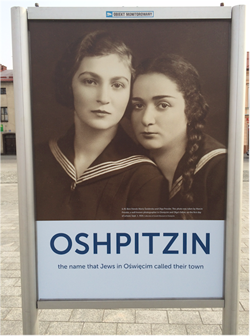 For this reason, I sought a hotel in Oświęcim that was removed from the camp, where I could relax and reflect and have a good meal. The hotel I have used each time I visited is a few miles away, on the east side of town: Hotel Galicja and Wellness Spa. I have not tried the spa, but I can vouch for the rooms and the two restaurants (one is traditional Polish, one is Italian; both are open all day). Prices are extremely reasonable, and the staff is courteous and friendly.
For this reason, I sought a hotel in Oświęcim that was removed from the camp, where I could relax and reflect and have a good meal. The hotel I have used each time I visited is a few miles away, on the east side of town: Hotel Galicja and Wellness Spa. I have not tried the spa, but I can vouch for the rooms and the two restaurants (one is traditional Polish, one is Italian; both are open all day). Prices are extremely reasonable, and the staff is courteous and friendly.
A side trip. If you want to visit the town of Oświęcim (which I highly recommend), you can get a feel for Oshpitzin (the Jewish name for the town). This link will take you to a slideshow about the Jewish history of the town..
I recommend a walk around the main square.
Across the street you will find a Jewish Museum and Synagogue where you can get a glimpse of Jewish life in Oshpitzin before World War II. it's a very powerful and meaningful place, especially after you have witnessed the horrors of the Holocaust down the road. There is a small bookshop and cafe where you can have a drink and a piece of cake.
There is also a Jewish cemetery; you can see it through a locked gate, but if you wish to visit and pay your respects, you can borrow the key from the synagogue/museum.
Visiting Auschwitz II-Birkenau
The road to Birkenau is well sign-posted from Auschwitz I. But I want to make a suggestion for another side trip.
As you near Auschwitz II-Birkenau (which was an old farming hamlet before the Nazis took it over and created the death camp), you will see a sign for the Judenrampe. This is the approximate place where transport trains carrying Jews arrived in the early years. It is worth a detour to turn down the road until you find the Judenrampe, with its train car memorial and informational signs. You will also find well-kept modern houses across the road.
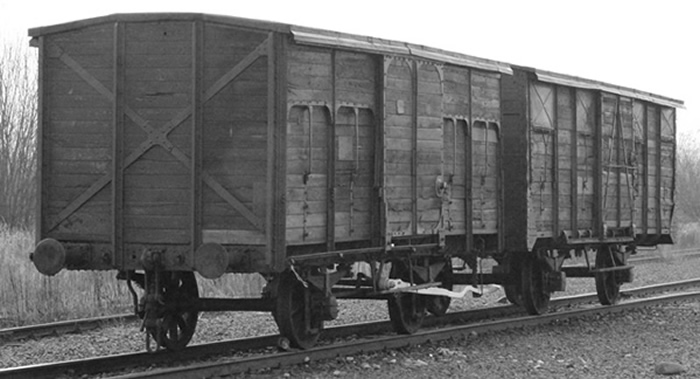
Train car memorial at the Judenrampe on the way to Auschwitz II-Birkenau
When you arrive at Birkenau, there is a paid parking lot on the right and a sidewalk to the main gate. Birkenau is huge, and you will wander aimlessly unless you have planned an itinerary. This is where a map is a necessity.
I find it best to head straight in. You will notice right away that a great deal of Birkenau is in ruins. Most prisoner barracks, not well constructed, have disappeared, except for chimneys or stoves.
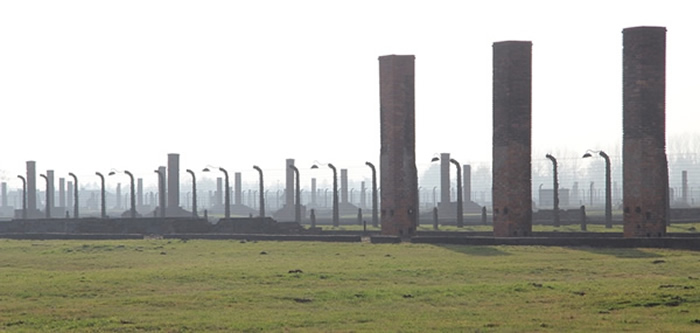
The remains of a kitchen block, a barbed wire fence, and in the distance some barracks
But as you go halfway down the dirt road from the main entrance, you will see an intersection. On the left, you will see an area of brick buildings that stand intact. These are the remains of the women's camp (the men's camp until 1943). Turn left at the intersection and then right at the next path. Some of these barracks may be open (though the ground can be very muddy). Inside, you will find the original bunks.
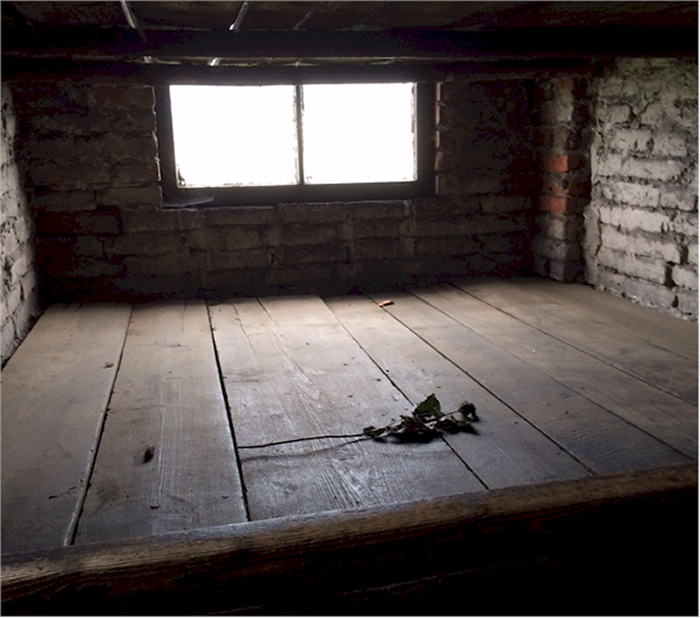
On my trips to Auschwitz II-Birkenau, it was important for me to walk through the entire site. I wanted to see the gas chambers and crematoria, so that I had a sense of their placement and their appearance. Again, these are in ruins, but signs, drawings, and photos explain what they looked like.
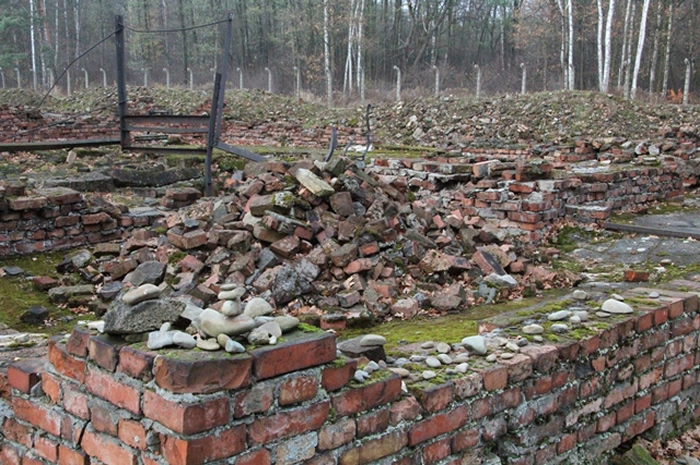
The ruins of Gas Chamber V
I wanted to see the locations of the Roma camp and Bunker I and Bunker II, the original farmhouse gas chambers at Birkenau. They are hard to find, but they were important to me. I know the daughter of a Belgian woman who was murdered in one of them in August 1942. And, we have recently learned, my wife had two relatives who were murdered there as well.
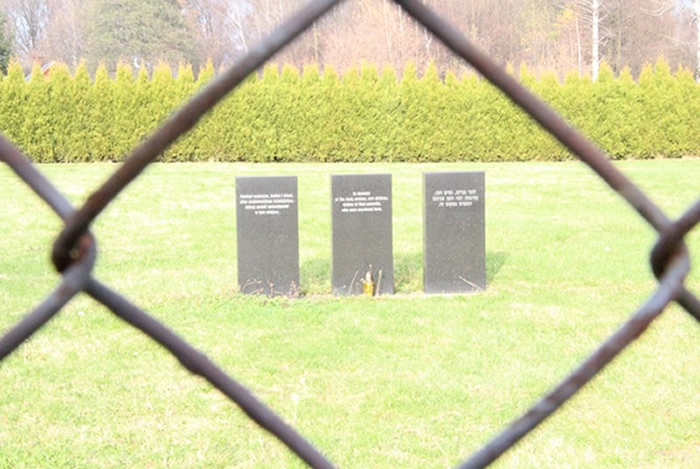
The site of Bunker 1 is marked only by a memorial; it is on the north side of Birkenau, outside the main area of the camp. Residential homes are nearby.
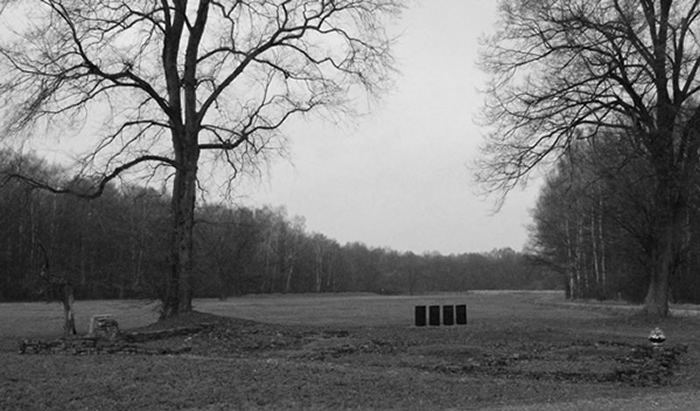
The site of Bunker 2 still shows its foundations
I have walked the perimeter of Birkenau in good weather, in rainy weather, and on a day when a blizzard was coming. I left each time with a heavy heart. But it was important for me to pay my respects to those who suffered and those who died there.
If you ever have the opportunity, I encourage you to do the same.
